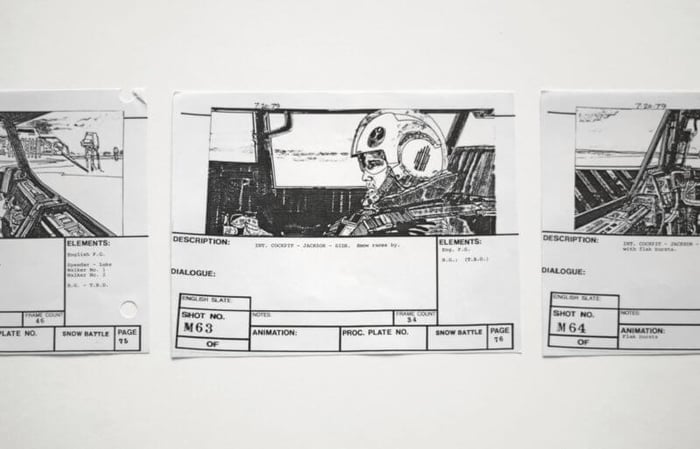(Word count: 593)
Most sponsors struggle with implementation of FDA's Transfer of Regulatory Obligation requirement. Why do we find ourselves filling out a form that seems to have no legal force and no useful information?
As always, let's start with the regulation (emphasis mine):
21 CFR 312.52 Transfer of obligations to a contract research organization.(a) A sponsor may transfer responsibility for any or all of the obligations set forth in this part to a contract research organization. Any such transfer shall be described in writing. If not, all obligations are transferred, the writing is required to describe each of the obligations being assumed by the contract research organization. If all obligations are transferred, a general statement that all obligations have been transferred is acceptable. Any obligation not covered by the written description shall be deemed not to have been transferred.GCP is a bit broader (again, emphasis mine):
5.2.2 Any trial-related duty and function that is transferred to and assumed by a CRO should be specified in writing. So it's not just the responsibilities outlined in 312.50 that need to be transferred in writing; any kind of trial-related function is subject to this requirement.
Sponsors take different approaches to satisfying these requirements:
1. Sign a contract with a specific scope of work and create and submit a separate "Transfer of Regulatory Obligations" (TORO) form limited to responsibilities in 21 CFR 312 Subpart D ("this part"). This is the letter-of-the-law approach to the regulation that results in a form that enumerates only responsibilities in Subpart D as they are worded in Subpart D, e.g.,
- Select qualified investigators (21 CFR 312.53 (a))
- Control of investigational drug product shipment to investigators (21 CFR 312.53 (b))
- Secure investigator compliance with the agreement contained in the signed Form FDA-1572, the general investigational plan or other investigator responsibilities or, alternatively, discontinuing investigational drug shipment (312 CFR 312.56(b)
- Maintain complete and accurate records showing any financial interest, payment(s) made to clinical investigators by the sponsor of the covered study, and all other financial interests of investigators (21 CFR 312.57(b))
- And so on
Pros: Fulfills the requirement while limiting the amount of information FDA has - at least until the inspection.
Cons: Potential for inconsistency with the contract. Lack of clarity given the broad wording of Subpart D responsibilities. Many key regulatory responsibilities, like hosting the EDC system, and other trial-related duties and functions, like doing laboratory tests, aren't covered in Subpart D.
2. Submit the scope of work from the contract with the 1571.
Pros: Consistency with the contract.
Cons: Contracts do not always utilize consistent headers and footers that identify the study and the vendor. Some sponsors are sensitive about releasing "too much" information in the contract scope.
3. Create a separate TORO form that reproduces the scope of work and submit it with the 1571.
Pros: Clarity.
Cons: Potential for inconsistency during transcription; need to create a new form every time the scope changes.
4. Summarize transferred responsibilities at a high level in the 1571 submission, referencing the contract as the governing transfer of obligations.
Pros: Simplicity, with a clear reference point for detail.
Cons: Potential for inconsistency with contracts or misrepresentations caused by summary.
My preferred method is #2: list vendors in the 1571 and provide the scopes of work. I think it strikes the right balance between simplicity and accuracy.
Regardless of the approach, it's critical to have a contract in place before work starts that accurately describes the vendor's scope of work and does not conflict with any other source of information.



